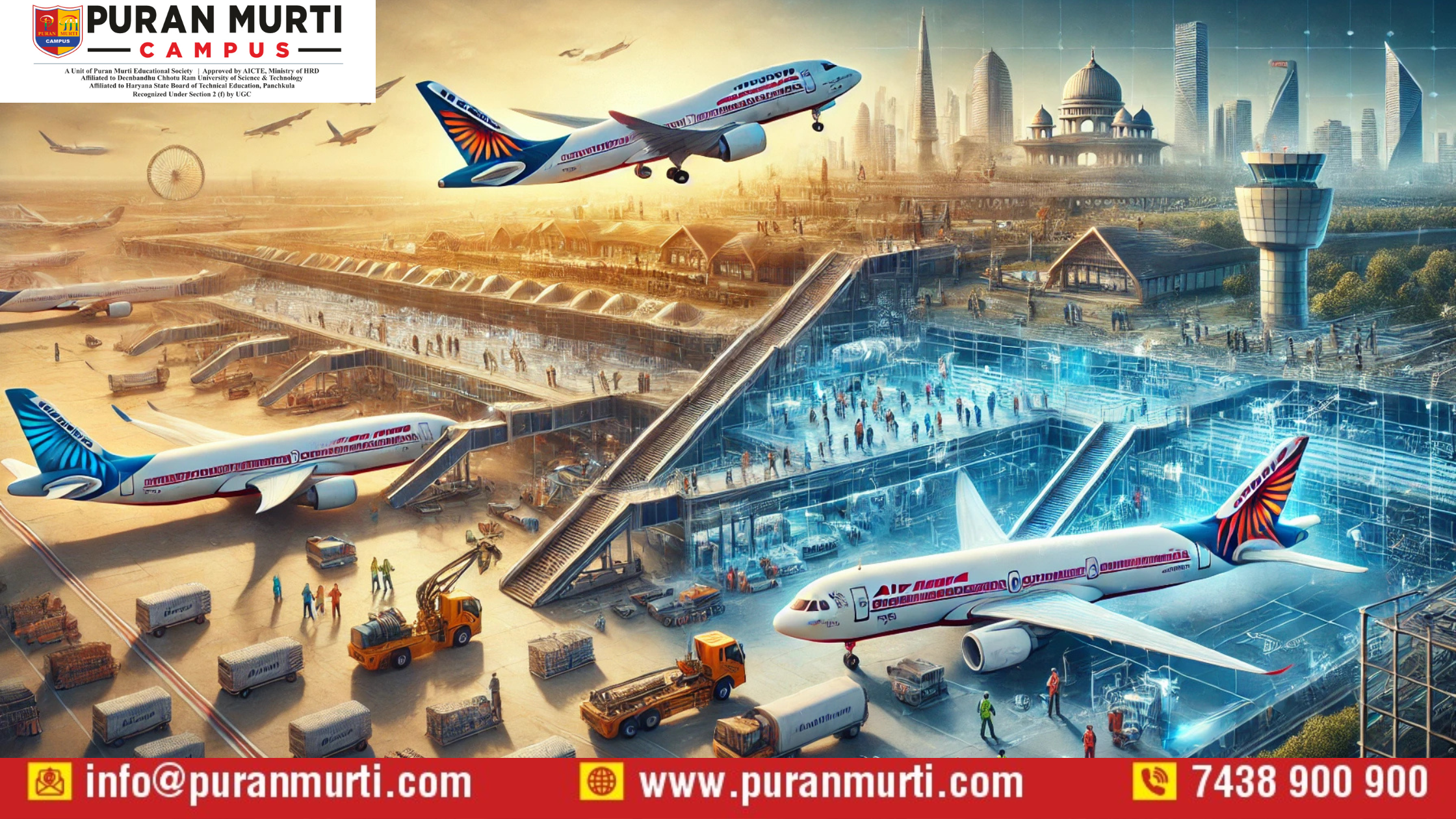
The merger announced in 2023, combining Air India—a government-owned airline—and Vistara, a joint venture between Tata Sons and Singapore Airlines, marks a monumental shift in India’s aviation landscape. This strategic union is set to create a formidable entity in the global aviation market. Beyond responding to increasing competition, it presents an opportunity to streamline operations, expand route networks, and modernize the fleet. However, beneath the vision of operational excellence and global competitiveness lie significant legal, technical, and workforce challenges that must be addressed to ensure a successful integration.
Aircraft Maintenance and Engineering: Ensuring Seamless Integration
A major technical consideration of the Air India-Vistara merger is aircraft maintenance and engineering. Both airlines must align their maintenance operations, including technical standards, safety procedures, and fleet integration. With Air India's older fleet and Vistara's newer, more technologically advanced aircraft, harmonizing engineering practices will be critical.
Collaboration with aircraft manufacturers, such as Boeing and Airbus, will be essential to maintain consistent standards across the unified fleet. Aircraft maintenance engineers from both airlines will need to work closely to optimize procedures, minimize downtime, and uphold strict safety and regulatory norms. Aerospace engineering expertise will play a vital role in ensuring the structural integrity and reliability of the diverse fleet, adhering to both national and international aviation standards.
The merged entity is likely to benefit from economies of scale in maintenance operations. Consolidating resources can result in more efficient maintenance schedules, cost reductions, and better availability of spare parts. A unified engineering team will also create opportunities to share best practices in aviation engineering, fostering innovation in fleet management and minimizing operational disruptions.
A Unified Workforce: The Role of Engineers, Pilots, and Ground Staff
Another critical aspect of the merger is the integration of the workforce, including aircraft engineers, maintenance personnel, and ground staff. With distinct corporate cultures in Air India and Vistara, merging these workforces requires meticulous planning to minimize disruption while maintaining operational efficiency.
For aircraft engineers and maintenance personnel, this means aligning training programs, certifications, and professional development opportunities to ensure all employees meet the required standards for the newly integrated fleet. The merger may create new roles for engineers to manage the increased workload and regularize maintenance practices across the unified fleet. Additionally, ensuring the seamless functioning of ground staff will be crucial to handle the expanded scale of operations.
Pilot training and certification will also play a significant role in the post-merger integration. Pilots from both airlines must undergo additional training to qualify for operating the combined fleet. For example, pilots accustomed to Air India's older aircraft may require retraining to handle Vistara's modern planes. Commercial pilot license holders will need to adapt to a broader range of aircraft, offering new career opportunities as route networks and fleet capacity expand.
For aspiring pilots, the merger could make the industry more attractive, with increased opportunities stemming from the expansion of the airline group. Training programs must be streamlined to ensure pilots meet the necessary qualifications and safety standards to operate the integrated fleet.
The Legal Framework: Navigating Regulatory Approvals and Compliance
From a legal perspective, the merger must comply with various regulatory requirements set by Indian authorities, such as the Directorate General of Civil Aviation (DGCA), and international aviation regulators. Aircraft maintenance and engineering practices will undergo close scrutiny to ensure compliance with domestic and global safety standards. Additionally, the merger will require approval from the Competition Commission of India (CCI) to prevent anti-competitive practices, especially on popular routes.
Labor laws will play a key role in integrating ground crew and maintenance engineers. Restructuring may lead to job reallocations or redundancies, making it vital to protect employee rights with fair compensation packages and retraining opportunities for those affected.
Future Prospects: A Transformational Leap in Indian Aviation
Looking ahead, the Air India-Vistara merger has the potential to transform the Indian aviation sector, not just in terms of scale but also through technological innovation. With greater resources, the newly merged entity is likely to invest more in aviation and aerospace engineering to enhance fleet efficiency and sustainability. Aircraft maintenance will become increasingly important as the fleet grows in size and complexity.
For aviation professionals—including commercial pilots, maintenance engineers, and ground staff—the merger opens up new career opportunities, particularly with the expansion of domestic and international routes. As India’s aviation market continues to grow, the demand for skilled professionals is expected to rise, creating a more dynamic and competitive industry.
Conclusion
The Air India-Vistara merger represents a transformational leap for Indian aviation. While challenges in aircraft maintenance, workforce integration, and regulatory compliance remain, the merger’s potential to streamline operations, expand networks, and modernize the fleet makes it a promising development. If managed effectively, this merger could position India as a leading global aviation player in the years to come.